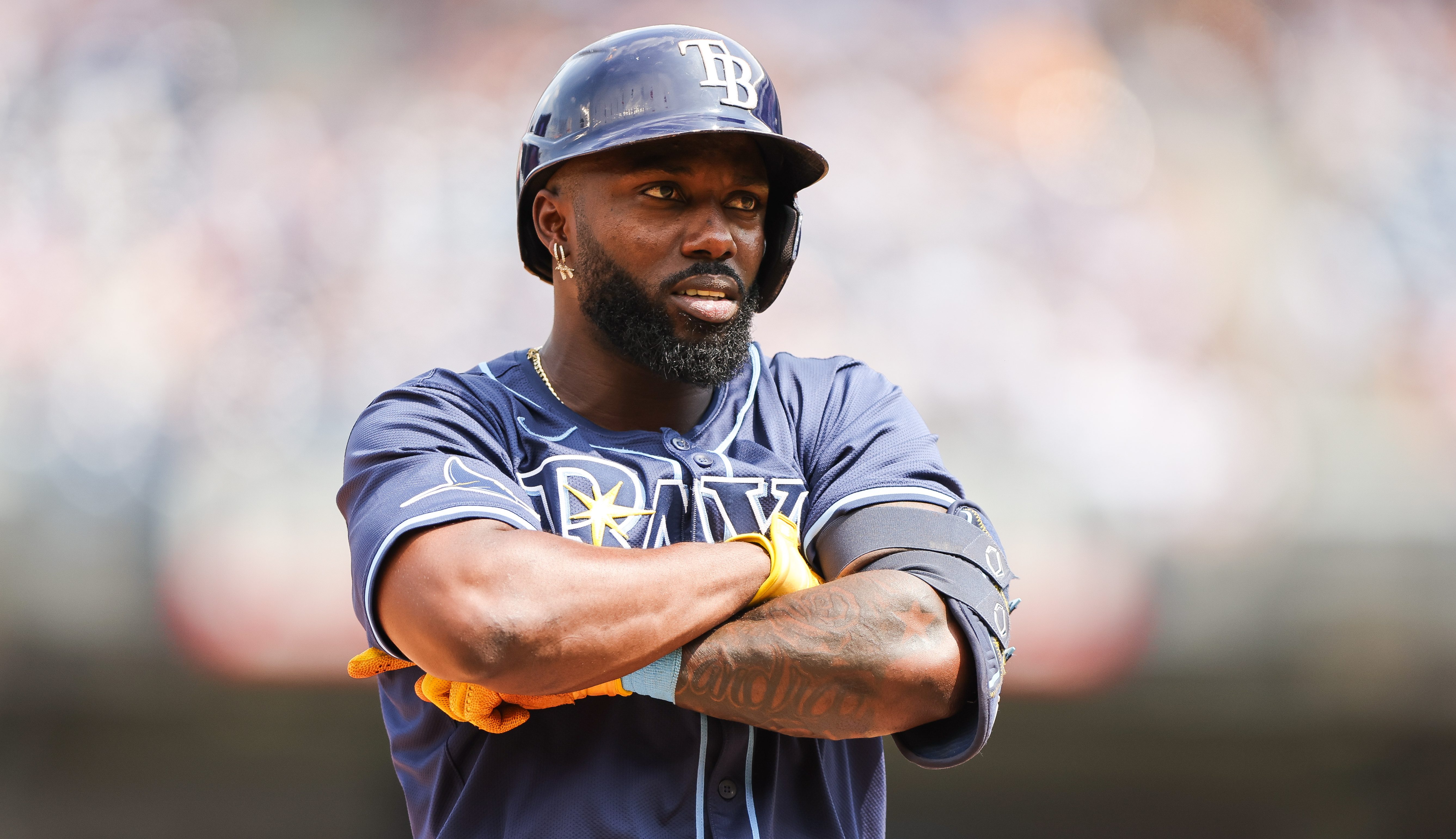The bad news for the Cubs after Thursday’s scheduled Opening Day is that they’re 0-1. The worse news is that so is everybody in baseball.
And with Friday’s agreement between MLB and the players union addressing the coronavirus shutdown, the only known winner, at least in this city, might be Kris Bryant, who will not lose yet another year before he can become a free agent.
Remember when that was the biggest concern surrounding the Cubs’ season — whether the Cubs were going to trade their star third baseman and whether they could co-exist with him if they didn’t — after beating him in a grievance hearing over service-time manipulation?
That was just last month. And a lifetime ago.
The highlights of the MLB-MLBPA agreement include freezing transactions until a date for resuming play is determined, the assurance that major-leaguer players will accrue full service time for the 2020 season even if it is not played, the likelihood of additional roster spots once play resumes, and $170 million in salary advances to players across multiple contract tiers, most to those with guaranteed deals.
Multiple teams, including the Cubs, optioned players who were on 40-man rosters but not expected to make the club to the minors ahead of the deal Thursday night, which, among other things, prevented service-time accrual.
Pitcher Dillon Maples was optioned to Triple-A Iowa, leaving 30 members of the Cubs’ 40-man roster still on the active major-league roster. They include three bullpen candidates who are out of options: Alec Mills, Duane Underwood and Casey Sadler.
But the most important element of the plan for fans involves the report that MLB and the players agree to wait until they get the all-clear from health and government officials that mass gatherings are safe again before starting the season. Unless that looks like it won’t happen in time for something feasible, in which case they might discuss playing without fans, possibly using spring training sites.
Some in the game are still suggesting methods for trying to play close to a full 162-game schedule, maybe 140. The hope of a June start and lots of doubleheaders seems popular — maybe with seven-inning games making up the doubleheaders.
But for all the numbers of games, innings and dollars being thrown around and negotiated, only one number continues to matter. On Friday it was close to 1,500.
That’s the number of U.S. deaths attributed to the COVID-19 pandemic. It’s a number that includes this week a 17-year-old boy in Los Angeles County who reportedly had no underlying risk factors, a 12-year-old girl before that and many others who, by CDC definitions, were not in high-risk groups.
And it’s a number that’s rising fast.
Certainly, baseball officials and players appreciate the gravity of the moment, and that’s why anything and everything seem to be in play as eventual options.
And it’s why for now, regular-season ballparks/weight rooms and spring training facilities finally were shutting down across baseball Friday to all but a select few players who might have specific (such as medical) needs for them.
Cubs Jason Heyward, Kyle Schwarber and Anthony Rizzo are among the individual players across baseball raising awareness and money for those affected, from stadium workers to first responders and small businesses. Cubs manager David Ross published a short video through the team’s Twitter account thanking healthcare workers and encouraging continued safe practices during the crisis.
Jon Lester, Jason Kipnis and others have tweeted about the bigger picture in this time of missing the game.
But the mere suggestion of trying to squeeze most of a full schedule into 2020, against the hope of playing those games in fan-filled stadiums, is perhaps understandably wistful thinking.
If there’s going to be a baseball season this summer/fall, it’s going to be a short one, and it probably should be.
The fewest games played in a season since the two-league format began in 1901 were the 103 games some teams played during the 1981 strike season.
The plan now should involve redrawing schedules for 80- and 100-game contingencies. Plan for no — or extremely limited numbers of — fans. Play the games in spring ballparks; eliminate interleague play; position one league in Florida and one in Arizona — or all in Arizona if it’s safer there than Florida.
An 84-game schedule would allow for a balanced league schedule with six games per opponent. Or unbalanced (albeit, less drastic) schedules could still be used. Restructure the playoffs? OK. Add teams? Sure. Maybe by then those games can even be played in neutral-site, warm-weather or domed stadiums with fans.
A lot of us around sports talk about sports being important to our culture and things like civic pride, or at least as escapes from real-life issues. President Franklin Roosevelt recognized that much in 1942 when he urged MLB to play its season for the good of the country during a war.
But this we haven’t seen before. It’s why so many uncertainties hang in the air even after scheduled openers, months after the virus first was identified, weeks after federal action was taken in this country.
“Worst opening day ever,” Lester tweeted, “but focused on what’s most important right now and that’s keeping the team safe at home so we can get back to baseball soon.”
Click here to download the new MyTeams App by NBC Sports! Receive comprehensive coverage of the Chicago Cubs easily on your device.

